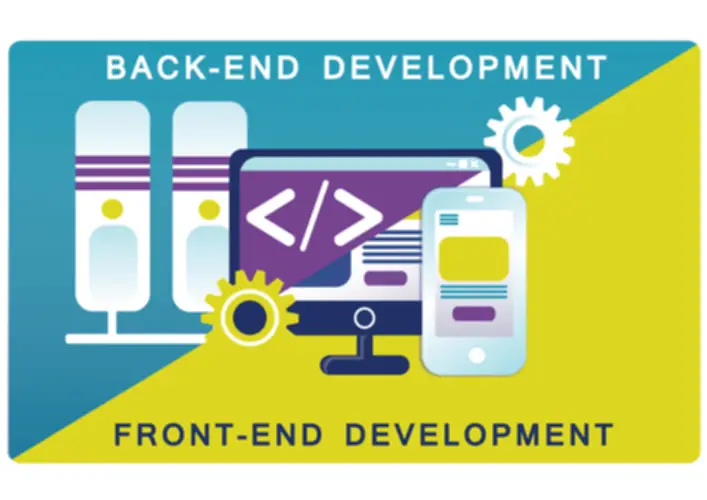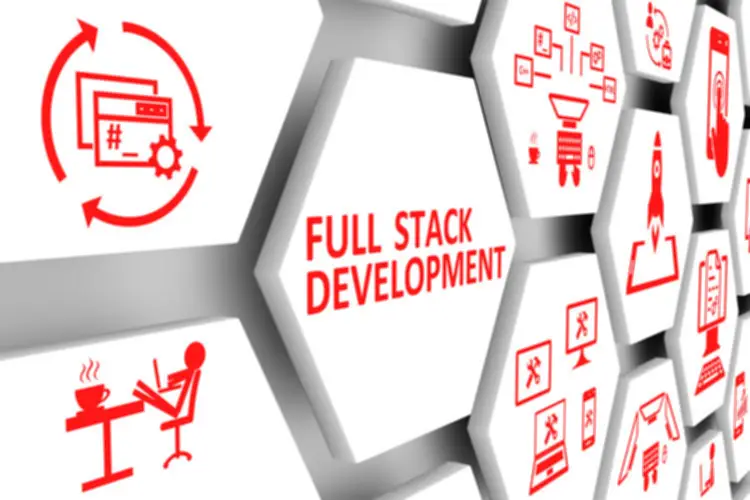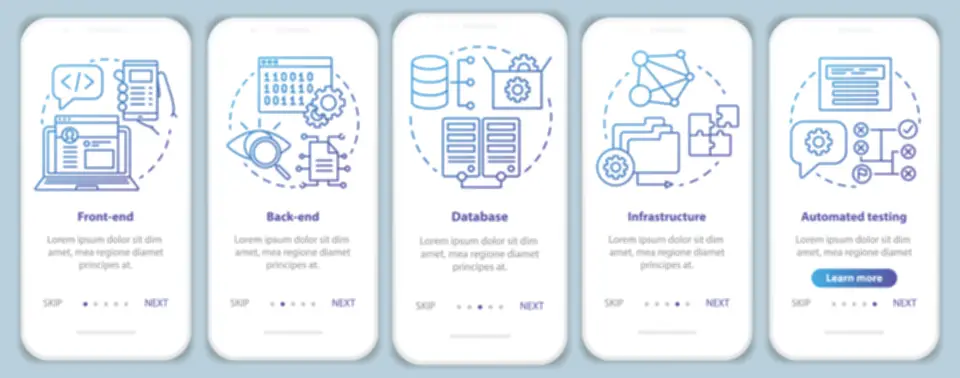And due to that, focusing on the whole life cycle of the event is necessary at each step. If any discrepancy appears, this technique goes again to the first step and continues. And each time, the levels showcase advancement, until lastly, the software is prepared for deployment. In the final stretches of the event process, it is very important deal with the final testing. Not solely is testing essential as a separate stage but also it’s needed on the other levels too.
Stage 6: Implementation

Vendors such as Oracle, Airbrake, and Veracode present software program development options of their complete enterprise software program offerings. Many of these distributors even have a robust focus on figuring out and de-bugging systems that may support the method of testing in software program development life cycles. In many instances, SDLC teams make the most of a wide selection of software solutions to help the varying stages. For example, necessities could also be gathered, tracked and managed in a single solution whereas testing use instances could happen in a totally completely different solution. There is a lot of literature on specific systems growth life cycle (SDLC) methodologies, tools, and purposes for successful system deployment.

Share your plan with your group and key stakeholders to offer visibility, and assign tasks to people to ensure nothing slips via the cracks. The Incremental mannequin is an iterative software growth course of where the product is designed, carried out, and examined incrementally (a little extra is added every time) until the product is finished. Every iteration represents a small part of the general system and includes each new options and enhancements to current ones. The Spiral model combines the concept of iterative improvement with the systematic features of the Waterfall mannequin.
Sdlc Methodologies

At the design stage of the software development life cycle, you’ll notice two particular elements. The utility lifecycle management (ALM) is a comprehensive method to managing SAP applications all through their lifecycle. The Software Program Development Life Cycle (SDLC) idea emerged in the Nineteen Sixties to develop large-scale, high-quality business and system software program. Initially, SDLC followed the simple waterfall mannequin, a linear and sequential method.
- Unexpected circumstances and incorrect assumptions early on can complicate improvement and even snowball into larger problems later.
- Of course, there’s a great purpose why you must focus on this stage extra rigorously, particularly concerning the stakeholders.
- Some in style languages like C/C++, Python, Java, and so on. are put into use as per the software regulations.
- The Iterative SDLC fashions presents a dynamic and adaptive approach to software program development, aligning with the business’s demand for flexibility and efficiency.
This guide breaks down each stage, together with key inquiries to ask in each section, greatest practices, and essential metrics to trace so you can create a product clients love to make use of every single day. The V-Models, also referred to as the Verification and Validation fashions, is an extension of the standard Waterfall models. It introduces a parallel testing part https://www.globalcloudteam.com/ for every corresponding growth stage, forming a V-shaped diagram.
SDLC models were introduced to follow a disciplined and systematic method whereas designing software program. With the software program growth life cycle, the process of software design is divided into small elements, which makes the problem more understandable and simpler to resolve. SDLC contains a detailed description or step-by-step plan for designing, developing, testing, and sustaining the software program. The waterfall model is not in practice anymore, however it’s the basis for all different SDLC fashions. Because of its simple structure, the waterfall model is less complicated to use and offers a tangible output.
Many phases are interdisciplinary and embody personnel from different specialties working together to maneuver the project to the following part and toward completion. Over the years, numerous SDLC methodologies have been developed, including the unique SDLC methodology, the Waterfall model. After evaluating all the attainable factors, probably the most sensible and logical design is chosen for growth.
You do not have to hire freelance front end developer comply with any explicit step solely to collect requirements. As lengthy as the software engineers understand what you want as requirements, you can continue making the SDLC with Example. And if you want more time and resources to work the solution better, your Software Program Growth Tasks Example could get canceled. Not all of the stakeholders would perceive the more sophisticated growth language.
This contains all of the specs for software, hardware, and community necessities for the system they plan to build. This will stop them from overdrawing funding or sources when working on the identical place as different development groups. A system growth life cycle or SDLC is actually a project administration mannequin. It defines different phases which are essential to convey a project from its preliminary idea or conception all the way to deployment and later upkeep. To produce high-quality software on time, growth groups have to observe extremely structured testing and processes to increase effectivity and reduce the possibility for bugs to occur. These processes are referred to as Software Program Improvement Life Cycles, and lots of such methodologies exist.
However, it is very important mention here that most teams concentrate on creating a customized method to each project administration program. This helps programmers consider maintaining frameworks, functions, and various software elements. Unless one is aware of and understands the phases intimately, the ball just isn’t easy to play. In the Evaluation section, the main target is on understanding and documenting the system’s requirements. This involves gathering enter from stakeholders, reviewing present processes, and figuring out the system’s needs. The knowledge collected forms the idea for developing a system that addresses each user expectations and organizational challenges.
Having expertise from within your group and out of doors would help you saas integration create the proper Software Growth Projects Examples. The subsequent point of concern in this section of an SDLC Instance is to make a Project Charter. In that, you must put together and define which elements would work with the project in query.

